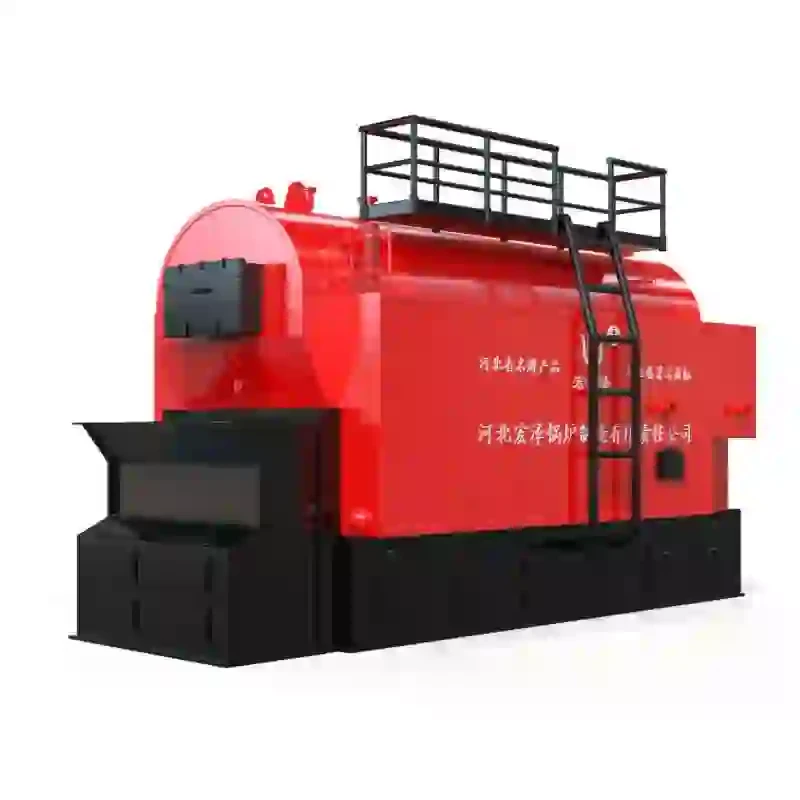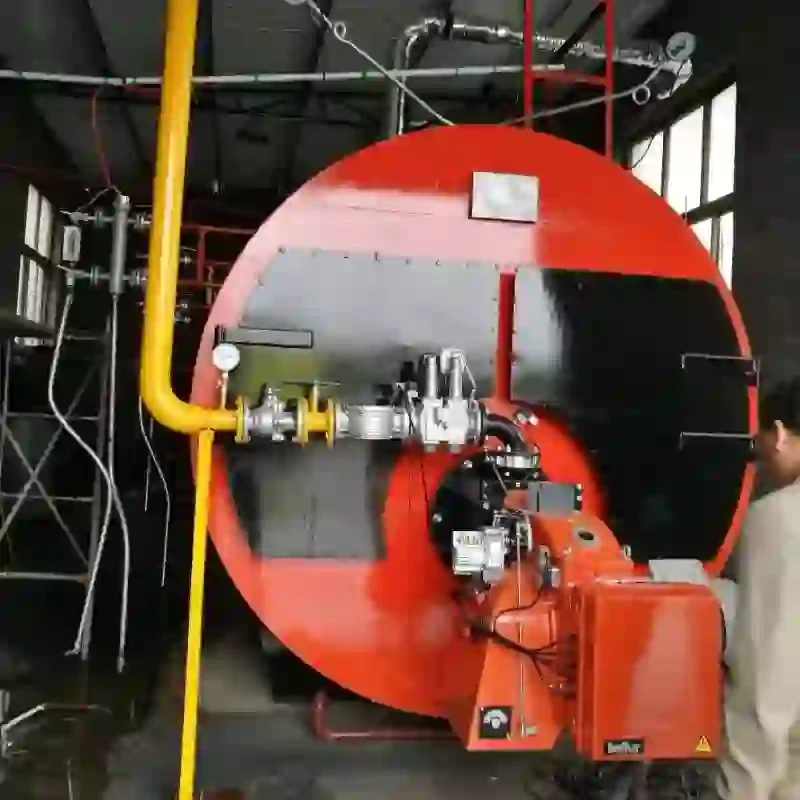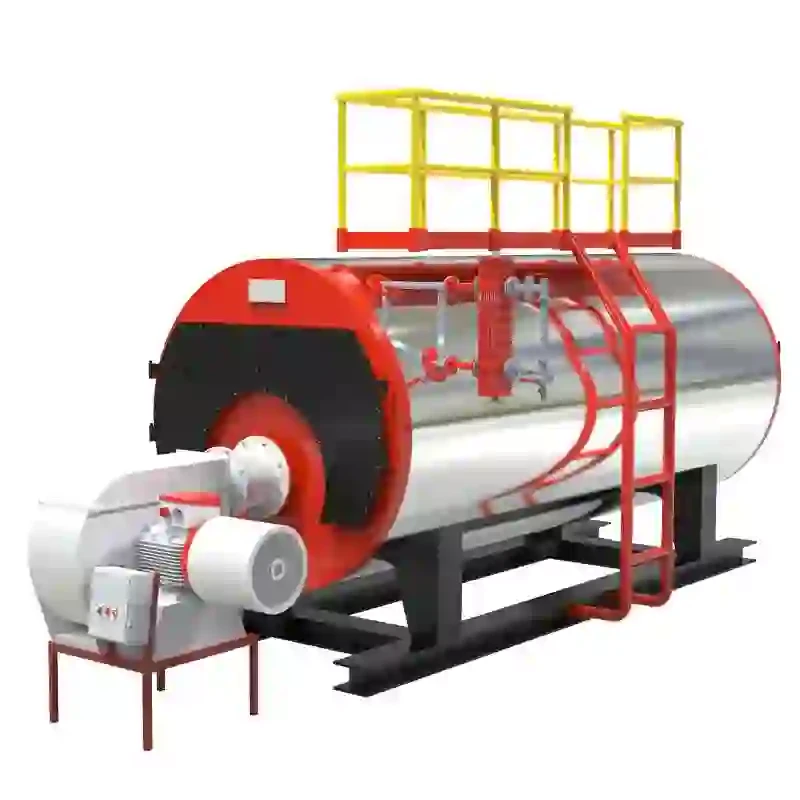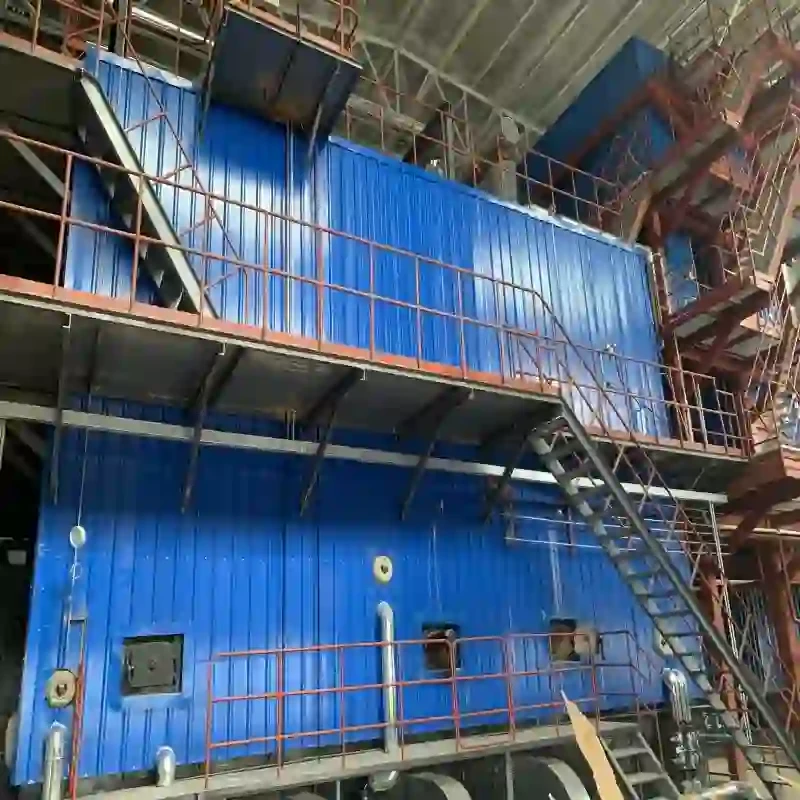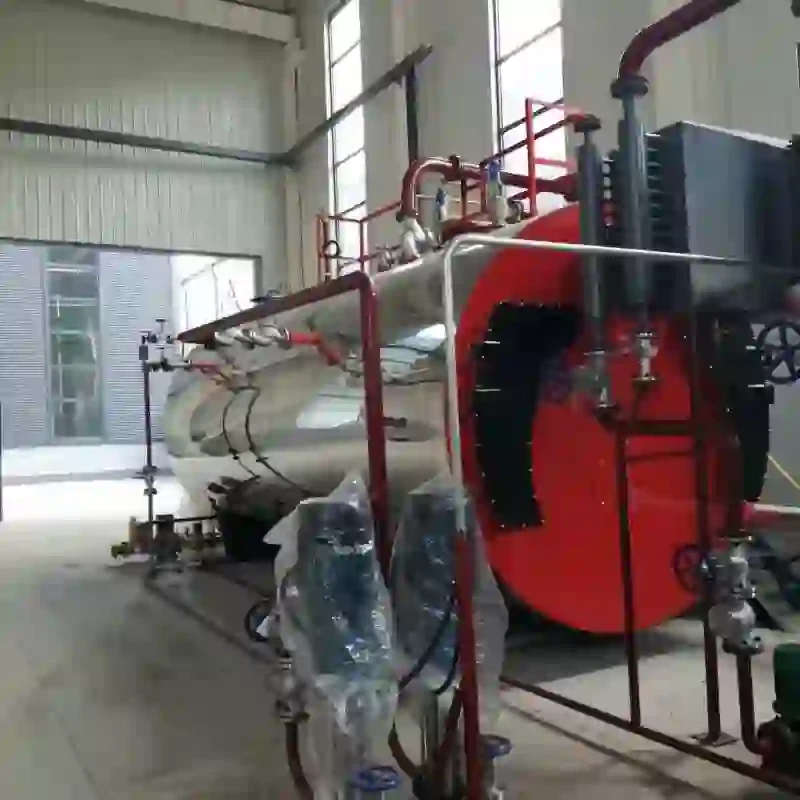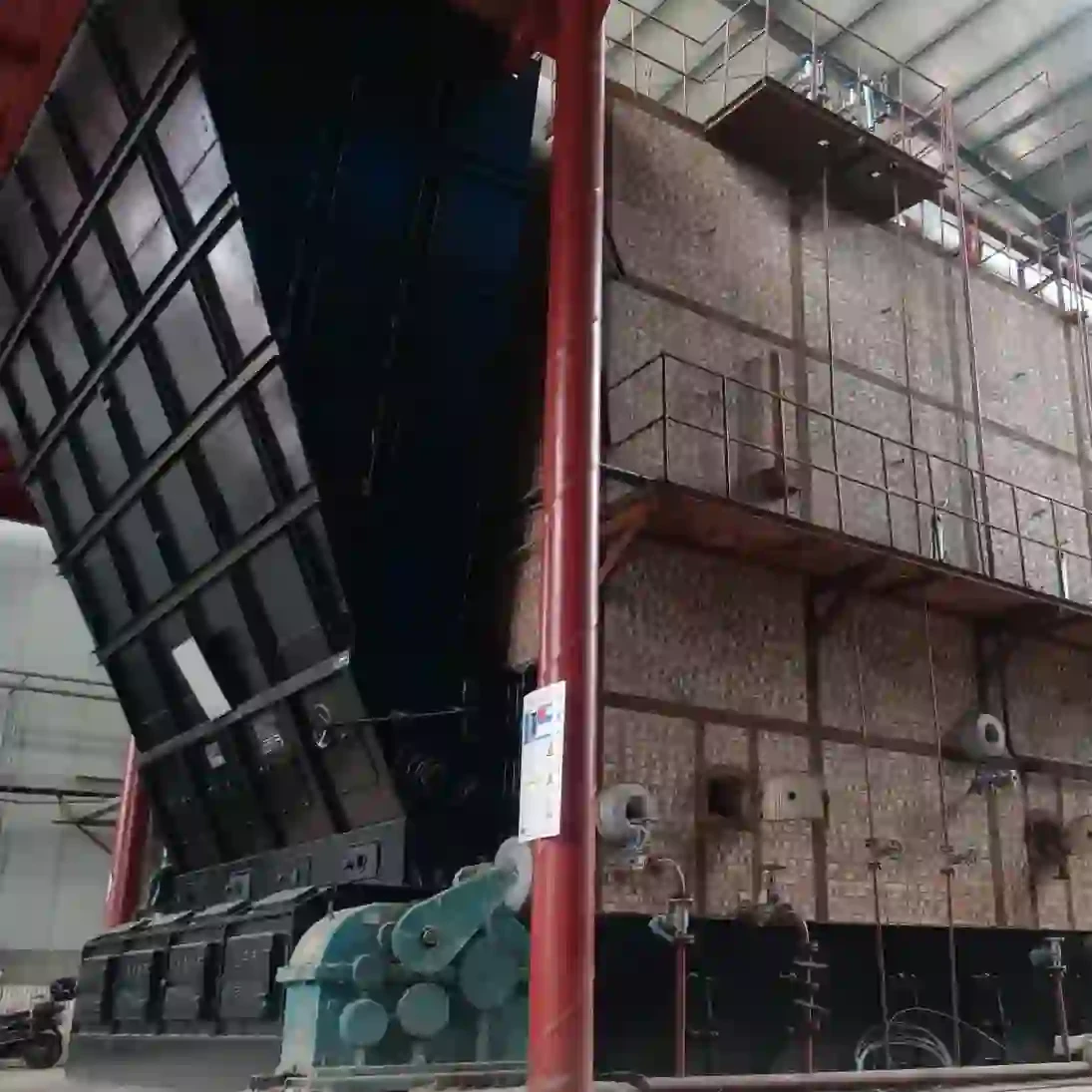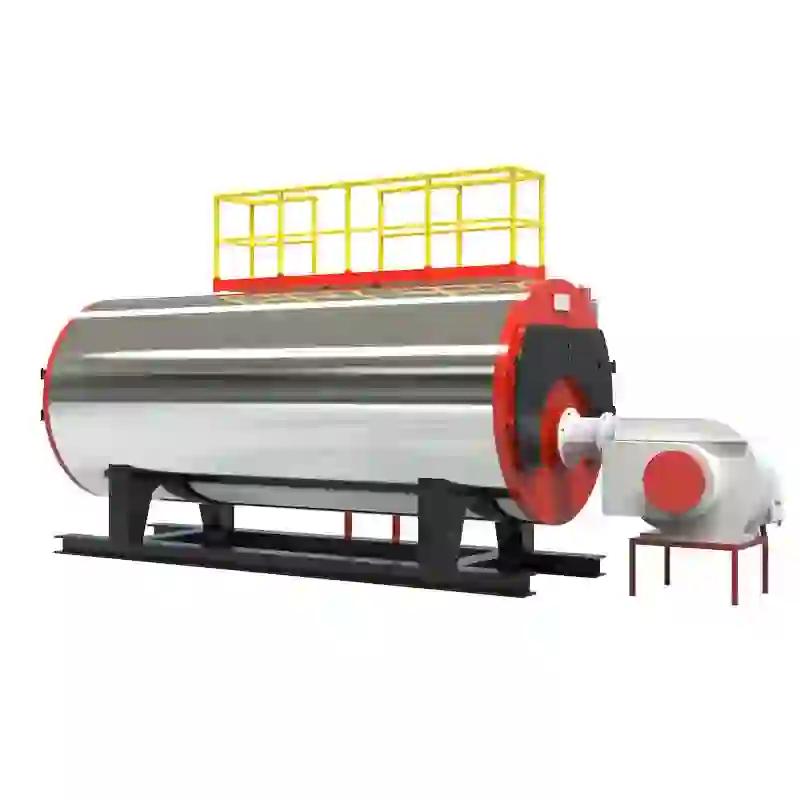
May . 15, 2025 09:36 Back to list
How to Drain a Hot Water Boiler System Expert Step-by-Step Guide
- Understanding the Importance of Regular Boiler Maintenance
- Essential Tools and Safety Precautions
- Step-by-Step Guide to Draining a Hot Water Boiler System
- Technical Advantages of Modern Drainage Solutions
- Manufacturer Comparison: Efficiency and Durability
- Customized Drainage Solutions for Different Boiler Types
- Why Proper Drainage Impacts Long-Term System Health

(how to drain a hot water boiler system)
How to Drain a Hot Water Boiler System Effectively
Regular maintenance of boiler systems prevents sediment buildup, which reduces efficiency by 15-20% annually according to ASME research. Neglecting drainage can lead to corrosion, increasing repair costs by up to 40% over three years. This guide addresses proper techniques while aligning with ASTM standards for pressurized systems.
Essential Tools and Safety Precautions
Required equipment includes:
- Adjustable wrench (10-12 inch)
- Submersible pump (≥ 5 GPM capacity)
- pH testing strips (range 6.5-8.5)
Always perform system cool-down to below 100°F and verify pressure release using dual gauges before starting. OSHA regulations mandate wearing heat-resistant gloves and safety goggles during the process.
Technical Advantages of Modern Drainage Solutions
| Feature | Traditional Method | Automated Drain Valves | Vortex Drain Systems |
|---|---|---|---|
| Time Required | 90-120 mins | 45 mins | 30 mins |
| Water Savings | 15-20 gallons | 8-10 gallons | 4-6 gallons |
| Sediment Removal | 75% | 88% | 95% |
Manufacturer Comparison: Efficiency and Durability
Leading brands demonstrate distinct performance characteristics:
| Brand | Max Pressure (PSI) | Flow Rate (GPM) | Warranty |
|---|---|---|---|
| BoilerMaster X7 | 50 | 12 | 5 years |
| HydroDrain Pro | 75 | 18 | 7 years |
| SteamTech V2 | 100 | 25 | 10 years |
Customized Drainage Solutions for Different Boiler Types
Optimal approaches vary by system specifications:
- Residential boilers: Use low-flow pumps (2-3 GPM) with auto-shutoff
- Commercial systems: Implement staged drainage with TDS monitoring
- High-pressure steam units: Requires vacuum-assisted drainage to prevent flash steaming
Why Proper Drainage Impacts Long-Term System Health
A correctly drained boiler system shows 30% longer component lifespan based on AHRI field data. Facilities implementing scheduled drainage programs report 22% lower energy consumption and 50% fewer emergency service calls. For steam boiler applications, proper drainage maintains thermal efficiency above 85% throughout the operational lifecycle.
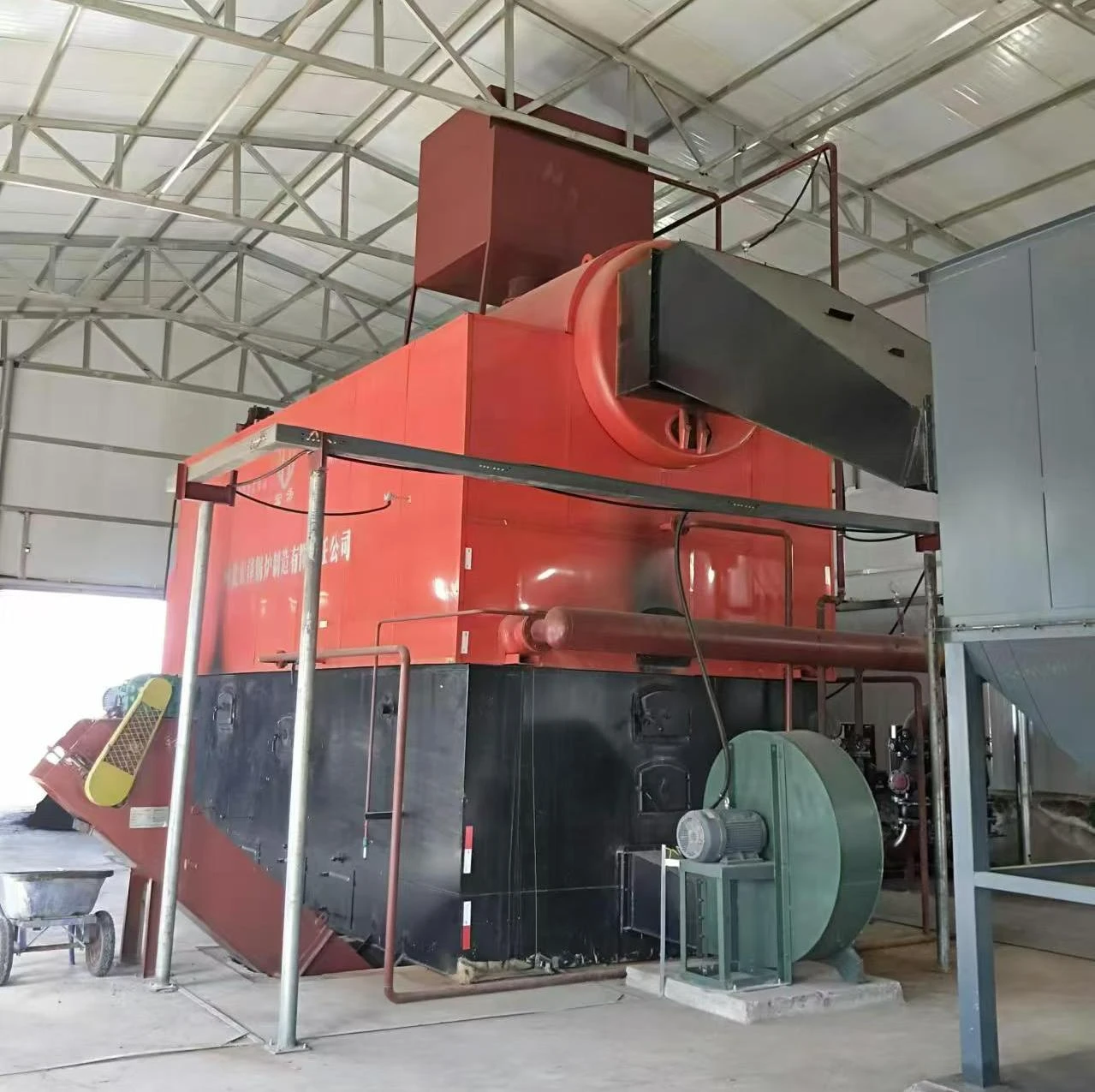
(how to drain a hot water boiler system)
FAQS on how to drain a hot water boiler system
Q: How to drain a hot water boiler system safely?
A: Turn off the boiler and let it cool. Attach a hose to the drain valve, direct it to a floor drain, and open the valve. Close the valve once the system is empty and refill if needed.Q: What steps are needed to drain a hot water boiler?
A: Shut off power and water supply. Connect a hose to the boiler’s drain valve, open the valve, and allow water to flow out completely. Close the valve after draining.Q: How to drain a steam boiler properly?
A: Turn off the boiler and wait until it’s cool. Open the drain valve and let water flow out via a hose. Check the pressure gauge to ensure the system is depressurized first.Q: Can I drain my hot water boiler without a hose?
A: Not recommended. A hose safely directs water to a drain. Buckets may overflow, risking water damage or injury from hot water.Q: Why should I drain my steam boiler regularly?
A: Draining removes sediment buildup, improves efficiency, and prevents corrosion. Always follow manufacturer guidelines to avoid damage.-
Comprehensive Guide to Steam Boiler Installation Diagram – Global Best Practices and Future Trends
NewsNov.24,2025
-
A Practical Guide to the Selection of Steam Boiler for Industrial Efficiency
NewsNov.23,2025
-
Comprehensive Guide to Steam Boiler PDF Manuals and Their Global Impact
NewsNov.22,2025
-
Discover How Steam Boiler Videos Improve Industrial Training & Safety
NewsNov.22,2025
-
Comprehensive Guide to Wood Fired Steam Boiler Design – Efficiency, Applications, and Innovations
NewsNov.21,2025
-
Comprehensive Guide to Steam Boiler Working – Efficiency & Applications
NewsNov.20,2025
Related PRODUCTS






